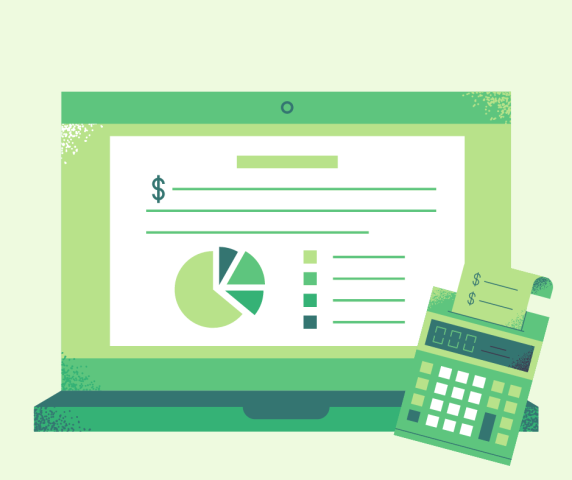- Guest Contributor
- March 10, 2022
A monthly budget is the foundation of personal finance. It doesn’t dictate where you spend your money, so much as it forces you to think through you’d like to manage the money before you actually spend it. If you haven’t previously done this, here’s a step-by-step guide to making your first budget.
Step 1: Look at Your Income
Start your budget by looking at your income. This should include all sources of income, which might be wages from a job, money from a side gig, or other sources of funds. If you receive child support, alimony, government assistance or money from anywhere else, include it.
All of your income should be listed on your budget, indicating the source of the money and the amount you expect to receive. If you have variable income (e.g. from changing hours or a side gig), make the best estimate that you can. Adjust the amount to the actual number once you receive the funds.
For reference, a rough guideline is to spend no more than 30% of your income on housing. Spending 10-15% on a car is generally suggested.
Step 2: Look at Your Necessary Expenses
Next, turn your attention to necessary expenses. These aren’t the coffee-shop latte that you feel like you “need,” but instead they’re the expenses that truly are necessary.
Most necessary expenses fall into the category of food, shelter and transportation. There’s little that you really need besides food to eat, a safe place to live, and a way to get around.
Although there are only a few truly necessary categories, each category usually does have multiple expenses within it. For instance, shelter might include your rent/mortgage, utility bills, and maintenance. Transportation could include a vehicle purchase, auto insurance, fuel, maintenance and parking if you own a car.
Subtract each of your necessary expenses from your income. This will show you if you have a shortfall among your necessary expenses, and how much money you have left for other items.
Step 3: Designate the Rest of Your Income
The income that remains generally should go toward savings and discretionary expenses.
Most advisors recommend saving up an emergency fund if you don’t already have one. Start with however much you can, and work toward building up 3 to 6 months of living expenses. If you spend $3,000 a month on necessary expenses, a good fund might be between $9,000 and $18,000. If that seems like a lot, as little as $100 will get you started and alleviate some minor emergencies.
After an emergency fund, save for any long-term goals you have. These might include retirement, kids’ college, a house, a vehicle or other items. A general guideline is to save 15% of your income toward retirement.
Make sure to also leave some room for discretionary spending. Discretionary is anything that’s not essential but you want. It can be that latte that you “need,” a vacation you want to take, a kid’s activity or almost anything else. Saving this category for last ensures that you don’t spend too much on wants and not enough on needs.
Ready to take care of your personal finances? Get started making your first budget.
About the Author: Scott Brodie is a freelance writer covering education, insurance and finance. He is often found with his cup of coffee and faithful dog at his side.










